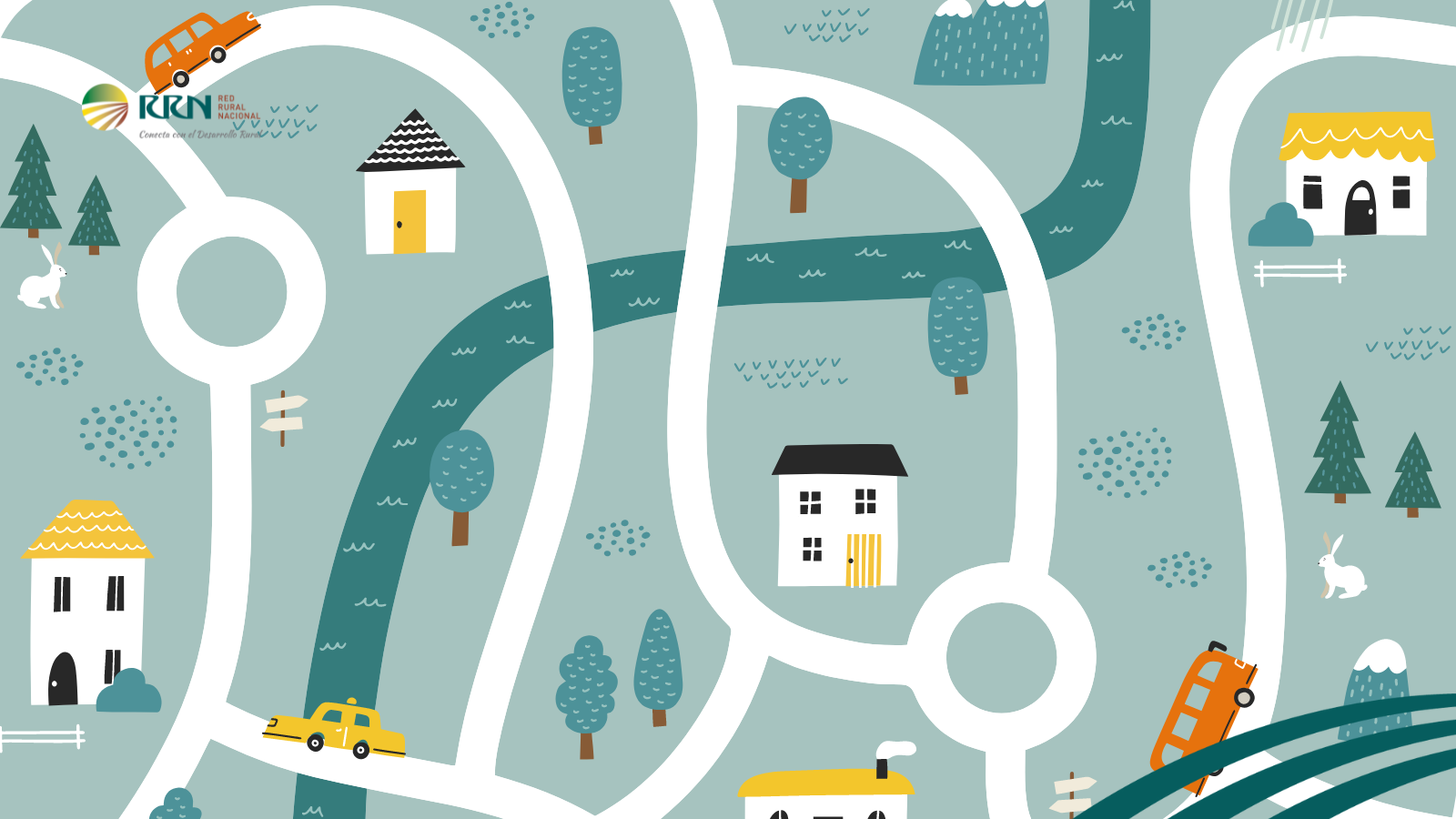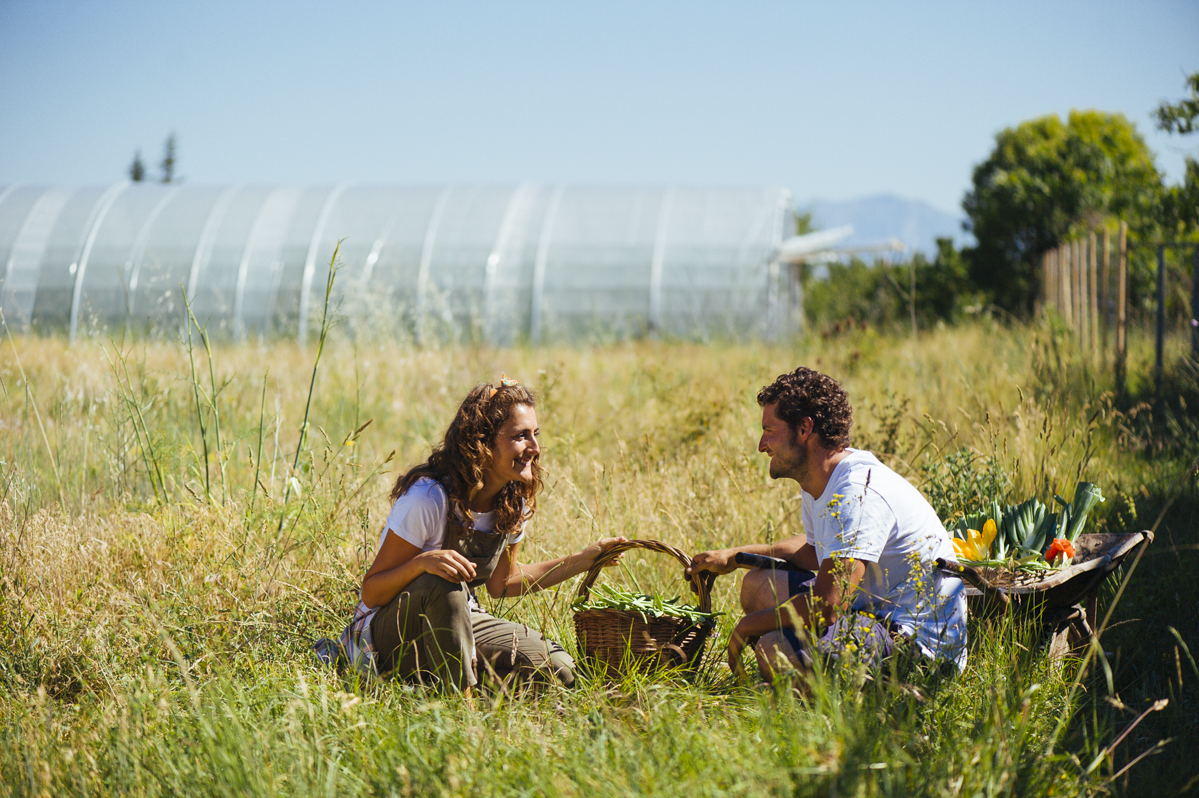
18 de November de 2022
Dinamización rural
The new Common Agricultural Policy (CAP) Strategic Plan 2023-2027 is scheduled to enter into force on 1 January 2023. For the first time, a single plan (the CAP Strategic Plan) will integrate the rural development measures of the seventeen autonomous communities, as well as the supra-regional measures that in previous periods were included in the 17 Rural Development Programmes (RDPs) plus the National Rural Development Programme (PNDR). The objective of this change is to modernize the agricultural sector through knowledge, innovation, and digitalization in rural areas.
- The new Strategic Plan for the Common Agricultural Policy (CAP) 2023-2027 is scheduled to enter into force on 1 January 2023.
- For the first time, a single plan will integrate the rural development measures of the seventeen autonomous communities, as well as the supra-regional measures that in previous periods were included in the 17 Rural Development Programs (RDPs) and the National Rural Development Program (PNDR).
The new Common Agricultural Policy (CAP) Strategic Plan 2023-2027 is scheduled to enter into force on 1 January 2023. For the first time, a single plan (the CAP Strategic Plan) will integrate the rural development measures of the seventeen autonomous communities, as well as the supra-regional measures that in previous periods were found in the 17 Rural Development Programmes (RDPs) plus the National Rural Development Programme (PNDR). The aim of this change is to modernize the agricultural sector through knowledge, innovation, and digitalization in rural areas .
With the CAP reform, this policy becomes a policy linked to the achievement of objectives based on three pillars (economic, environmental, and rural). In the case of rural development, the goal is to strengthen the socioeconomic fabric of rural areas through:
- The generational change
- Revitalization of rural areas
- Food quality and health protection
Rural development and PEPAC 23-27
The total annual public spending provisionally planned for rural development measures under the new PEPAC is €1.762 billion, of which €1.08 billion comes from the budget of the European Agricultural Fund for Rural Development (EAFRD) . This aid seeks balanced territorial development through job creation and improved living conditions in rural communities.
News :
- 47.8% of this expenditure corresponds to environmental measures: agri-environmental measures and organic farming, investments for environmental purposes, aid to areas with natural or other specific constraints, and aid to areas with specific disadvantages.
- In the investment section (€3.696 billion), the investments that account for the highest percentage of expenditure are those allocated to “industry and commerce with competitiveness objectives” (€825 million) and those aimed at “improving the competitiveness of agricultural holdings” (€734 million).
- The budget for young farmers, new farmers, and rural business start-ups is €664 million. The largest budget measure is the establishment of young farmers, with €678 million.
- In relation to COOPERATION (€1,065M), it brings together 2 measures:
- The LEADER measure (a local development method whereby local actors design and implement strategies for the development of their rural areas) has a budget of €816 million. This budget exceeds the requirement to spend at least 5% of EAFRD funds on LEADER, as it accounts for 10% of EAFRD expenditure.
- Innovation: The second cooperation measure, taking into account expenditure, is the AEI-AGRI (European Partnership for Agricultural Productivity and Sustainability Innovation) cooperation, with €168 million.
Rural development measures
Total EAFRD expenditure on rural development measures planned for the Plan's implementation period is €5.403 billion. At the budget level, investments, environmental, climate, and management commitments, and cooperation stand out.
1) Agro-environmental, climate, and management commitments (€1,837 million). Highlights include:
- Support for organic farming with €837 million.
- Aid for sustainable crops with just over €203 million.
- Promotion and sustainable management of pastures.
- Support for beekeeping measures that promote biodiversity.
- Support for measures to promote the conservation of genetic resources.
- Support for integrated production.
2) Investments (€3,696 M): the investments that account for the highest percentage of expenditure are:
- Those allocated to industry and commerce with competitiveness objectives (€825 million).
- Those aimed at improving the competitiveness of agricultural holdings (€734 million).
- It is worth noting that 44% of investments have environmental objectives.
- The budget for young farmers, new farmers, and rural business start-ups is €664 million.
- The measure with the greatest budgetary significance is the establishment of young farmers with €678 million.










